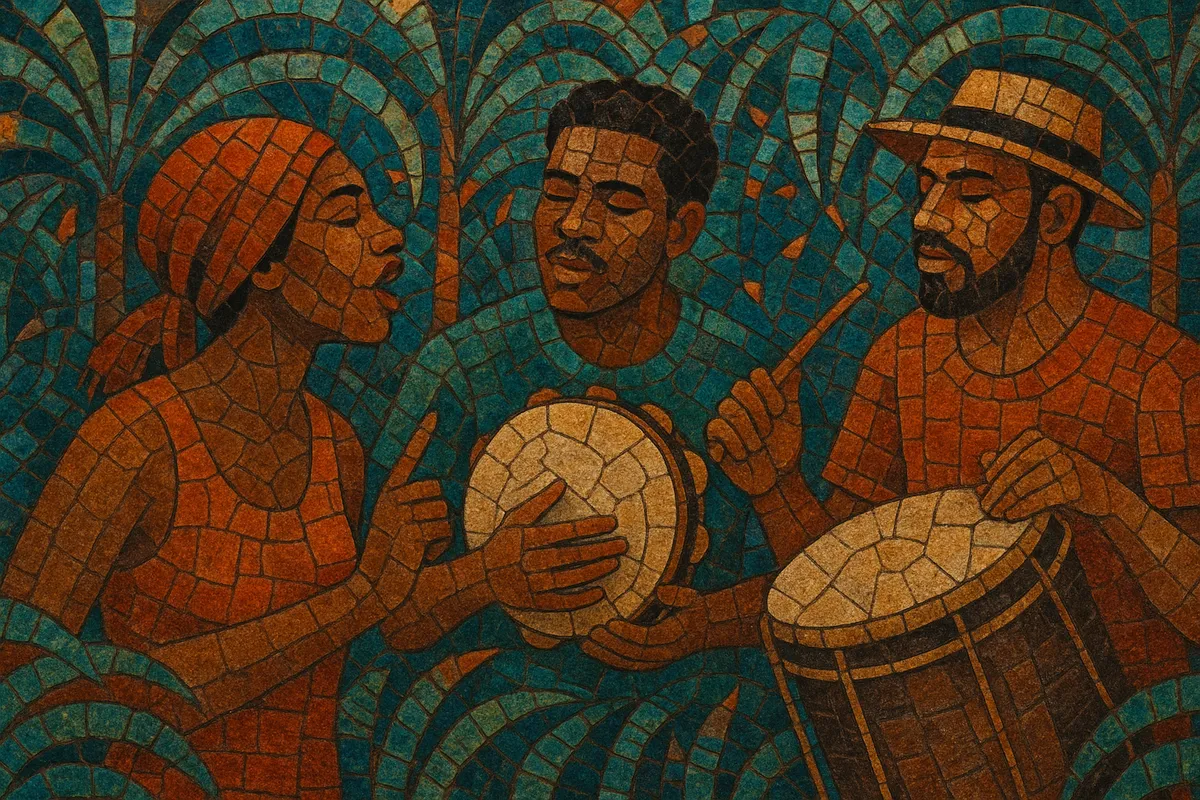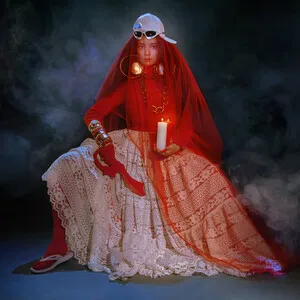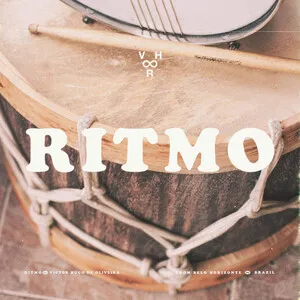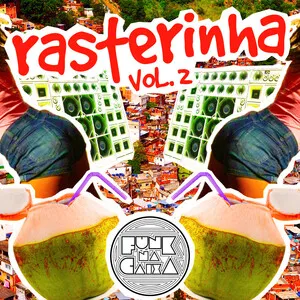Rasteirinha (often called “funk rasteirinha”) is a mid‑tempo branch of Brazilian funk that slows the classic baile funk groove to a warmer, more sensual pace.
It blends the dembow swing of dancehall and reggaeton with samba and pagode percussion (pandeiro, cuíca, surdo, agogô, tamborim, and shakers), typically sitting around 90–105 BPM.
Vocals tend to be chant‑like, playful, and street‑wise, with hooks built from call‑and‑response phrases and chopped vocal shots. Harmony is minimal—often one to three chords—so that the syncopated drums and round sub‑bass can drive the dancefloor.
The overall feel is percussive, tropical, and intimate—made for block parties and clubs where groove and swing matter more than dense arrangements.
Rasteirinha’s DNA starts with funk carioca (baile funk) from Rio de Janeiro, itself rooted in Miami bass and local samba rhythms. Through the 2000s, Brazilian producers absorbed Caribbean dembow patterns from dancehall and reggaeton, and DJs experimented with slowing down the fast tamborzão beat to create a more relaxed, percussive swing.
In the early 2010s, Rio and São Paulo beatmakers began calling this slower, percussion‑heavy feel “rasteirinha.” The name reflects a “low‑to‑the‑ground,” gliding groove. Producers incorporated samba/pagode timbres (pandeiro, cuíca, surdo) and prioritized space, swing, and sub‑bass over dense synths. The sound spread quickly via SoundCloud, YouTube, DJ edits, and global‑bass circles, with international labels and curators highlighting Brazilian mid‑tempo funk alongside moombahton and dancehall.
As Brazilian pop and international club music embraced mid‑tempo tropical grooves, rasteirinha elements surfaced in mainstream releases, further codifying its identity. High‑profile collaborations, remixes, and global DJ support popularized the template—slower BPM, dembow‑like syncopation, and prominent Brazilian percussion—well beyond funk‑only contexts.
Rasteirinha remains a flexible tool in the Brazilian club palette: it bridges baile funk with reggaeton and moombahton, pairs naturally with trap‑leaning bass design, and underpins pop crossovers. Producers continue to iterate on the groove, spawning hybrids (e.g., trapfunk) and informing newer mid‑tempo strands within the broader funk ecosystem.







